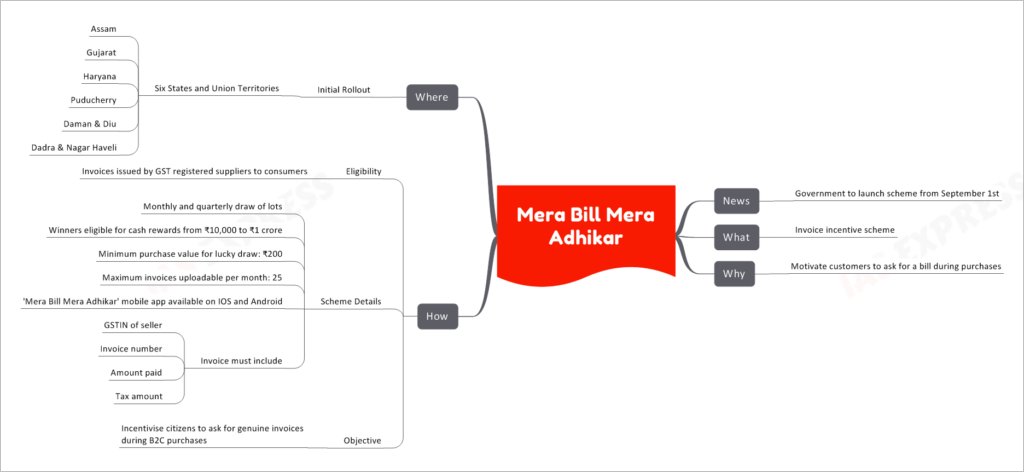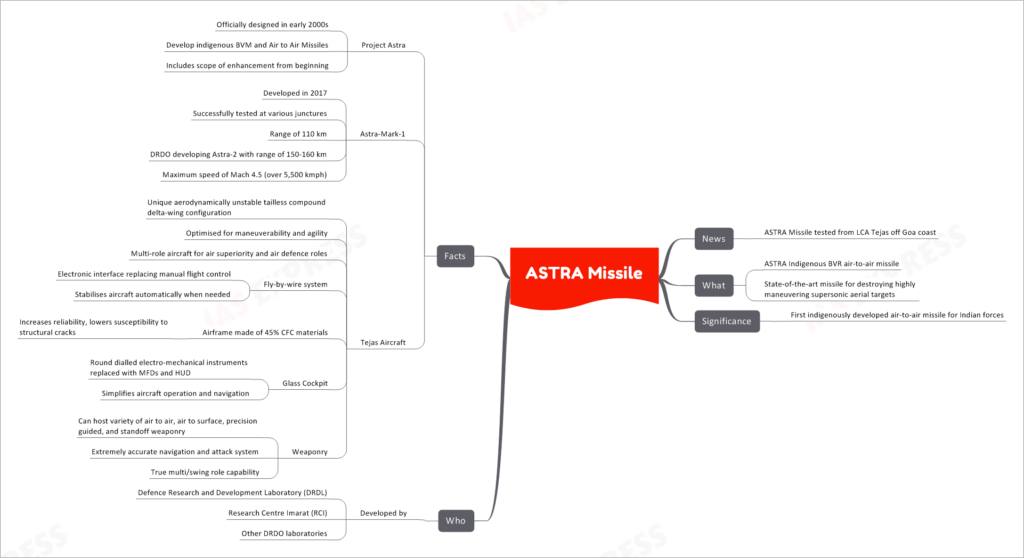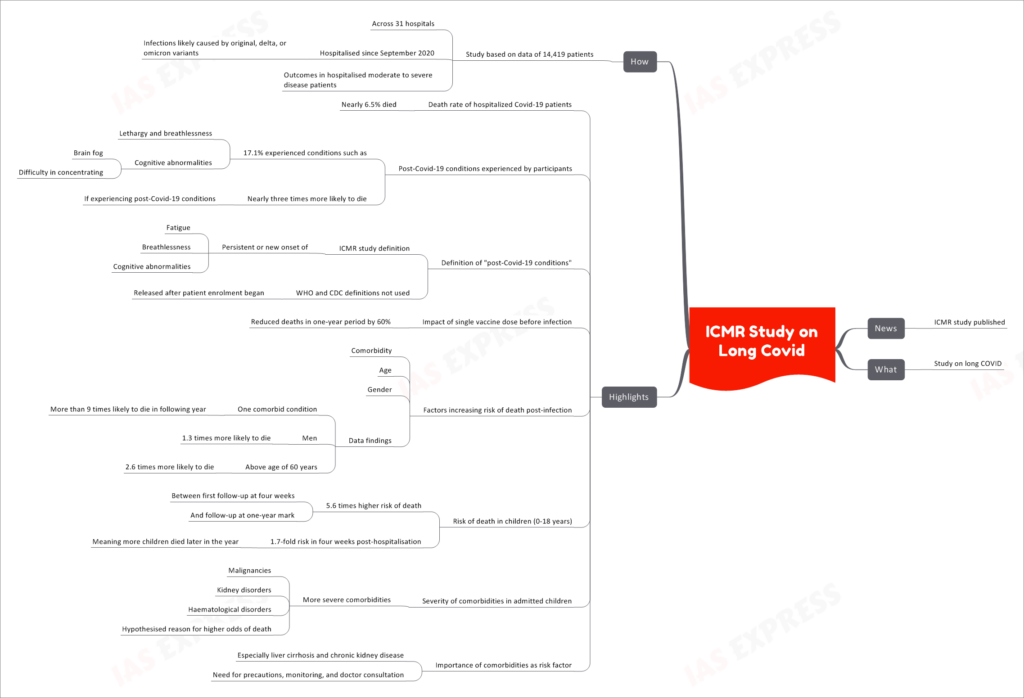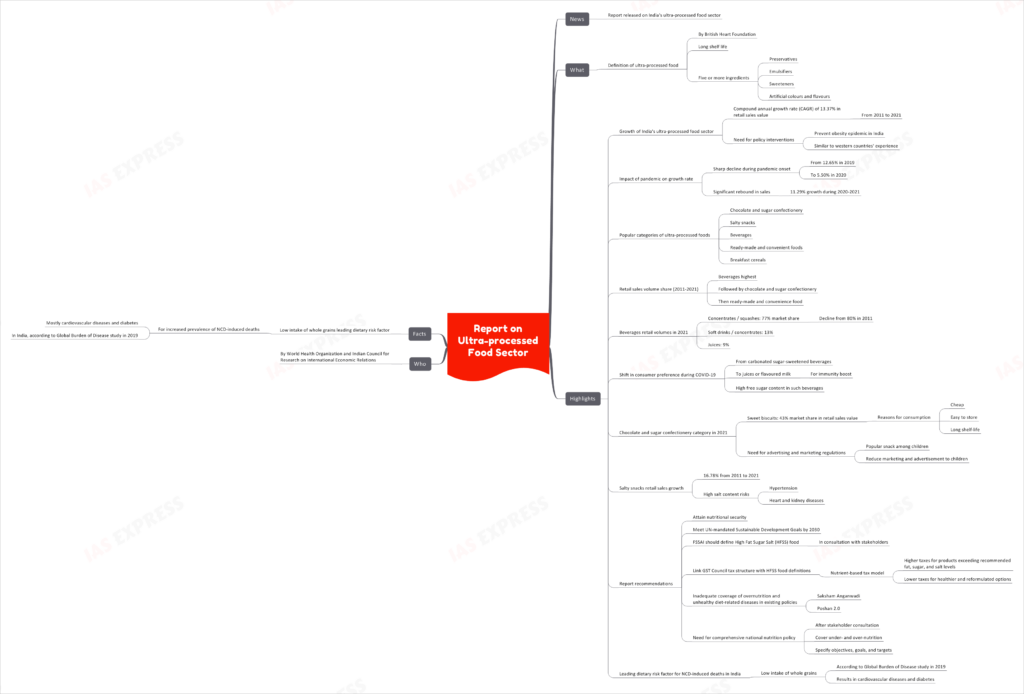[Newsbits] 24.08.2023

Mera Bill Mera Adhikar
The imminent launch of the "Mera Bill Mera Adhikar" scheme by the government brings forth a novel initiative aimed at promoting transparency and accountability in consumer transactions.
News: A Scheme for Empowering Consumers
As of September 1st, the "Mera Bill Mera Adhikar" scheme is set to roll out, signifying the government's proactive approach to encouraging consumers to demand legitimate invoices for their purchases.
Ushering in the "Mera Bill Mera Adhikar" Scheme
Decoding the Scheme's Purpose
At its core, the scheme is an invoice incentive initiative, designed to incentivize customers to actively request invoices during their purchase transactions.
Igniting Consumer Enthusiasm
The primary objective of the scheme is to foster a culture of consumer awareness and consciousness, motivating individuals to actively seek invoices for their purchases.
Navigating the Scheme's Mechanism
Eligibility Criteria
The scheme applies to invoices issued by Goods and Services Tax (GST) registered suppliers to consumers.
Unraveling the Scheme's Structure
- Monthly and Quarterly Draws: The scheme introduces the allure of draws, both on a monthly and quarterly basis.
- Reward Spectrum: The fortunate winners of these draws stand to claim cash rewards ranging from ₹10,000 to a staggering ₹1 crore.
- Minimum Purchase Requirement: To participate in the lucky draw, consumers need to have made a minimum purchase of ₹200.
- Invoice Upload Limit: Consumers are permitted to upload a maximum of 25 invoices per month.
- Simplified Access: The scheme is accessible through the user-friendly "Mera Bill Mera Adhikar" mobile app, available on both IOS and Android platforms.
- Essential Invoice Elements: The invoices uploaded must contain vital details such as the GSTIN of the seller, invoice number, amount paid, and tax amount.
The Grand Objective: Encouraging Authentic Invoices
At its heart, the scheme aims to induce a sense of incentive among citizens to actively demand and secure authentic invoices during their Business-to-Consumer (B2C) purchases.
Initial Implementation Scope
State and Union Territories Initiatives
The scheme's initial rollout targets six states and union territories, namely Assam, Gujarat, Haryana, Puducherry, Daman & Diu, and Dadra & Nagar Haveli.
ASTRA Missile
The recent successful testing of the ASTRA missile from the LCA Tejas aircraft off the Goa coast marks a significant achievement in India's indigenous defence capabilities.
News: ASTRA Missile Test Elevates India's Defence Potential
The recent testing of the ASTRA missile from the LCA Tejas aircraft serves as a testament to India's progress in developing advanced air-to-air missile systems.
ASTRA Missile: A Game-Changing Innovation
Defining the ASTRA Missile
The ASTRA missile stands as an indigenous Beyond Visual Range (BVR) air-to-air missile, designed to target and eliminate highly maneuvering supersonic aerial threats.
Unveiling its Significance
The missile's successful development represents a landmark achievement, as it becomes the first indigenously developed air-to-air missile for the Indian armed forces.
Driving Forces Behind ASTRA
Innovators and Developers
The ASTRA missile owes its existence to the collaborative efforts of various Defence Research and Development Organisation (DRDO) laboratories, including the Defence Research and Development Laboratory (DRDL) and the Research Centre Imarat (RCI), along with other contributing units.
Project Astra: Laying the Foundation
The inception of Project Astra in the early 2000s was marked by a mission to develop indigenous Beyond Visual Range Missiles (BVM) and Air-to-Air Missiles. From its inception, the project embraced a scope for continuous enhancement and improvement.
Exploring ASTRA's Features and Capabilities
ASTRA-Mark-1: An Achievement in Precision
Developed in 2017, the ASTRA-Mark-1 missile boasts a range of 110 km and has been successfully tested on numerous occasions. Its speed, reaching Mach 4.5 (over 5,500 kmph), demonstrates its swift and formidable nature.
The Future with ASTRA-2
Building on the success of the ASTRA-Mark-1, DRDO is currently developing the ASTRA-2, set to possess an extended range of 150-160 km. This advancement is poised to enhance India's air defence capabilities even further.
Integration with LCA Tejas: A Synergistic Partnership
The Unique Tejas Aircraft
The LCA Tejas aircraft, equipped with a distinctive aerodynamically unstable tailless compound delta-wing configuration, is optimized for superior maneuverability and agility.
A Multifaceted Role
Designed as a multi-role aircraft for air superiority and air defence roles, the Tejas aircraft showcases advanced features that underscore its versatility.
Precision with Fly-by-Wire
The Tejas aircraft employs a sophisticated fly-by-wire system, replacing manual flight control with an electronic interface. This system ensures automatic stabilization when required, enhancing aircraft control.
Advancements in Material and Cockpit Design
The Tejas aircraft's airframe is crafted from 45% Carbon Fiber Composite (CFC) materials. This composition enhances reliability and reduces susceptibility to structural cracks. The cockpit's transformation from round-dialled electro-mechanical instruments to Multi-Functional Displays (MFDs) and a Heads-Up Display (HUD) streamlines operations and navigation.
Weaponry and Capabilities
The Tejas aircraft stands as a host for a diverse range of weaponry, including air-to-air, air-to-surface, precision-guided, and standoff munitions. It possesses an exceptional navigation and attack system, offering true multi/swing role capabilities.
ICMR Study on Long COVID
The publication of an ICMR study on long COVID offers a significant breakthrough in understanding the lingering effects of the virus on patients.
News: ICMR Study Sheds Light on Long Covid
The release of the ICMR study takes center stage, shedding light on the impact of COVID-19 beyond its acute phase and offering insights into the long-term consequences experienced by patients.
Investigating Long Covid: A Holistic Approach
Study Focus
The ICMR study zeroes in on the phenomenon of long COVID, exploring the persistent post-COVID conditions that many patients experience after the acute infection has subsided.
Death Rate Among Hospitalized Patients
The study uncovers that nearly 6.5% of hospitalized COVID-19 patients succumbed to the virus.
Post-Covid-19 Conditions: A Glimpse into the Impact
Participants in the study reported experiencing various post-COVID conditions. Notable among these were:
- Lethargy and breathlessness
- Cognitive abnormalities, including "brain fog" and difficulty concentrating
Increased Likelihood of Mortality
Participants experiencing post-COVID-19 conditions were nearly three times more likely to die compared to those without these conditions.
Defining Post-Covid-19 Conditions
The ICMR study uniquely defines "post-Covid-19 conditions" as the persistent or new onset of fatigue, breathlessness, and cognitive abnormalities. This definition differs from those of the World Health Organization (WHO) and the Centers for Disease Control and Prevention (CDC).
Impact of Vaccination and Risk Factors
Single Vaccine Dose and Reduced Deaths
One of the study's revelations is that a single vaccine dose administered before infection reduced the risk of deaths within a one-year period by 60%.
Risk Factors for Mortality
Several factors emerged as significant risk factors for death post-infection, including:
- Comorbidity
- Age
- Gender
Data Insights: Comorbidity and Risk of Death
- Having even one comorbid condition increased the likelihood of death by more than nine times within the following year.
- Male patients were 1.3 times more likely to die.
- Patients above the age of 60 were 2.6 times more likely to die.
Vulnerability in Children
The study highlighted a 5.6 times higher risk of death in children aged 0-18 years. The risk increased between the first follow-up at four weeks and the follow-up at the one-year mark. Notably, a 1.7-fold risk was observed within four weeks post-hospitalization, indicating that more children died later in the year.
Comorbidity Severity in Children
Children with more severe comorbidities, including malignancies, kidney disorders, and haematological disorders, faced higher odds of death.
The Role of Comorbidities
The study underscores the significance of comorbidities, particularly liver cirrhosis and chronic kidney disease, as critical risk factors for mortality. This emphasizes the importance of precautions, continuous monitoring, and consultation with healthcare professionals.
Methodology and Scope
Study Parameters
The ICMR study is grounded in the data of 14,419 patients across 31 hospitals. The study focused on patients hospitalized since September 2020, during which infections were caused by various variants, including the original, delta, and omicron.
Participants and Outcomes
The study concentrated on patients with moderate to severe disease who were hospitalized, providing insights into the outcomes of this particular group.
Report on ultra-processed food sector
The recent release of a report on India's ultra-processed food sector has spotlighted crucial insights into the growth, impact, and implications of this industry. With a focus on simple and easy-to-understand language, this article delves into the key findings and recommendations outlined in the report, shedding light on the status of ultra-processed foods in India.
News: Report Unveils Insights on Ultra-Processed Foods
The report's unveiling offers a comprehensive overview of India's ultra-processed food sector, revealing significant trends, growth patterns, and concerns surrounding this industry.
Understanding Ultra-Processed Food
Defining Characteristics
Ultra-processed foods, as defined by the British Heart Foundation, are products with a long shelf life and contain five or more ingredients, including additives like preservatives, emulsifiers, sweeteners, and artificial colors and flavors.
Examining Growth and Highlights
Rapid Growth and Need for Policy Action
The report highlights the exponential growth of India's ultra-processed food sector, with a compound annual growth rate (CAGR) of 13.37% in retail sales value from 2011 to 2021. This surge necessitates policy interventions to avert an obesity epidemic in India, similar to experiences in Western countries.
Impact of the Pandemic
The pandemic led to a temporary decline in growth rate, plummeting from 12.65% in 2019 to 5.50% in 2020. However, there was a noteworthy rebound, with an 11.29% growth during 2020-2021.
Popular Categories of Ultra-Processed Foods
Categories like chocolate and sugar confectionery, salty snacks, beverages, ready-made foods, and breakfast cereals dominate this sector.
Analyzing Consumption and Shifts
Retail Sales Volume Share
Beverages take the lead in retail sales volume share, followed by chocolate and sugar confectionery, and ready-made and convenience foods.
Beverages: A Deep Dive
In 2021, beverages had a prominent role. Concentrates/squashes held a 77% market share, soft drinks/concentrates occupied 13%, and juices held 9%. During the pandemic, consumers shifted from carbonated sugary drinks to juices or flavored milk for an immunity boost.
Chocolate and Sugar Confectionery
In 2021, sweet biscuits led with a 43% market share, driven by factors like affordability, storage convenience, and a longer shelf life. This category calls for advertising and marketing regulations, especially considering its popularity among children.
Assessing Health Risks and Recommendations
Salty Snacks and Health Concerns
The retail sales growth of salty snacks soared by 16.78% from 2011 to 2021. High salt content in these products poses risks like hypertension, heart, and kidney diseases.
Recommendations for Action
The report advocates for achieving nutritional security and UN-mandated Sustainable Development Goals by 2030. It suggests defining High Fat Sugar Salt (HFSS) foods by the Food Safety and Standards Authority of India (FSSAI), linking GST Council tax structure with HFSS food definitions, and introducing comprehensive national nutrition policies.
The Leading Dietary Risk Factor
Impact on Non-Communicable Diseases (NCDs)
Low intake of whole grains stands out as a leading dietary risk factor for increased prevalence of Non-Communicable Diseases (NCDs) like cardiovascular diseases and diabetes. This insight stems from the Global Burden of Disease study in 2019.
Contributors and Facts
Organizations Behind the Report
The World Health Organization and the Indian Council for Research on International Economic Relations jointly released this report, underscoring the collaboration in understanding and addressing these critical issues.
Significant Fact
The low intake of whole grains is identified as a paramount dietary risk factor, contributing to the rise of NCD-induced deaths, particularly cardiovascular diseases and diabetes, in India.
World Water Week 2023
The commencement of World Water Week 2023 marks a significant milestone in the global pursuit of sustainable water management. This international event serves as a platform for nurturing innovative solutions aimed at addressing pressing water-related challenges across the world.
News: Unveiling World Water Week 2023
The initiation of World Water Week 2023 has garnered attention, highlighting the international community's dedication to fostering creative strategies for cultivating a water-wise world.
Defining World Water Week 2023
A Global Gathering for Water Solutions
World Water Week 2023 stands as a prominent international event, gathering experts, professionals, and stakeholders to explore novel approaches in tackling complex water-related issues.
The Central Theme
The overarching theme of World Water Week 2023 is "Seeds of Change: Innovative Solutions for a Water-Wise World." This theme underscores the emphasis on pioneering solutions that can revolutionize the way we manage and conserve water resources.
Exploring World Water Week's Purpose
A Non-Profit Endeavor
World Water Week serves as a non-profit initiative that seeks to catalyze the development of impactful solutions for a range of global water challenges.
Diverse Focus Areas
The event encompasses a rich tapestry of topics that encompass water's far-reaching implications. These include food security, public health, agriculture, technological advancements, biodiversity preservation, and the pressing climate crisis.
Multifaceted Offerings
World Water Week offers a dynamic array of activities, including informative sessions, scientific seminars, capacity-building programs, and ceremonies to recognize noteworthy contributions.
The Key Facilitator
Stockholm International Water Institute (SIWI)
World Water Week 2023 is orchestrated by the Stockholm International Water Institute, an esteemed organization committed to advancing water-related knowledge, strategies, and practices.
The Timeline and Venue
Dates and Legacy
The event spans from the 20th to the 24th of August, bringing together a diverse array of participants to collaborate on water-related issues. This event has been an annual occurrence since its inception in 1991.
Location
World Water Week takes place in the enchanting city of Stockholm, Sweden, providing a fitting backdrop for discussions on water conservation and management.
Historical Insight: World Water Week's Inaugural Theme
1991 Theme: Water: A Looming Crisis
The very first World Water Week in 1991 adopted the theme "Water: A Looming Crisis," reflecting the early recognition of the impending challenges associated with global water scarcity and management.
Khanan Prahari
A potent weapon against the scourge of illegal coal mining has emerged in the form of the Khanan Prahari mobile app. This app not only empowers citizens to flag instances of illicit coal mining but also contributes to the larger goals of environmental preservation, safety, and transparency in action against unauthorized activities.
News: Khanan Prahari's Role in Curbing Illegal Mining
The news brings attention to Khanan Prahari's remarkable contribution in the battle against illegal coal mining, shedding light on its significance in safeguarding the environment, lives, and economy.
Unveiling Khanan Prahari
A Mobile App for Combating Illicit Mining
Khanan Prahari stands as a technological innovation—a mobile app designed to facilitate the reporting of cases related to illegal coal mining.
The Rationale Behind Khanan Prahari
- The environmental, social, and economic repercussions of illegal mining necessitate concerted efforts to combat this menace.
- The government is committed to promoting transparency and accountability in addressing the issue of unauthorized mining.
- Public participation is encouraged to bolster the fight against this threat.
Utilizing Khanan Prahari
Empowering Public Reporting
The app serves as a platform for reporting instances of illegal coal mining, enabling citizens to contribute actively to curbing this illegal practice. Users can report incidents using geotagged photos and textual information.
Salient Features
- Incident Reporting: Users can provide vital information using geotagged photos and comments to elucidate the situation.
- User Anonymity: The app ensures confidentiality by keeping the identity of users private.
- Complaint Tracking: Users can track the status of their complaints by utilizing a complaint number.
Key Stakeholders and Initiators
Ministry of Coal
Khanan Prahari is a significant initiative spearheaded by the Ministry of Coal, reflecting the government's commitment to eradicating illegal coal mining.
Collaborative Efforts
The Khanan Prahari app and its associated web portal were developed in collaboration with esteemed institutions like the Bhaskaracharya Institute of Space Application & Geoinformatics in Gandhinagar and the Central Mine Planning and Design Institute (CMPDI) in Ranchi.






